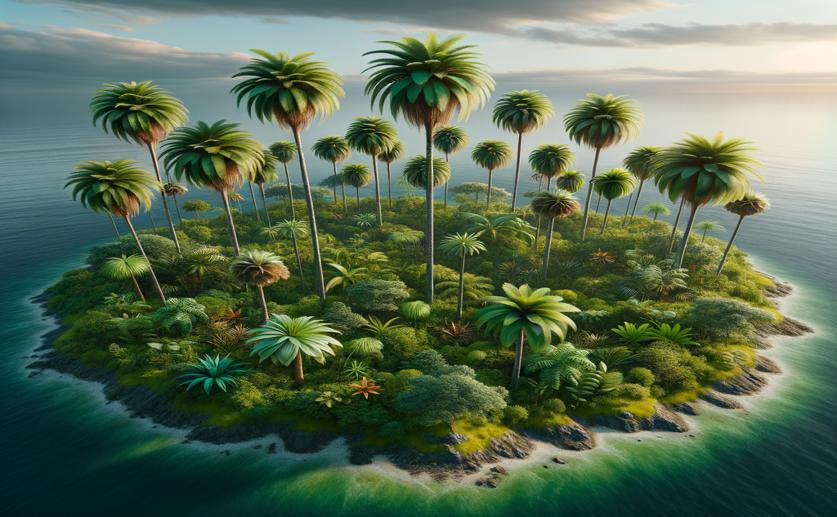
Genetic Clues in Island Palms Aid Conservation Efforts
Jenn Hoskins
22nd April, 2024

Image Source: Natural Science News, 2024
Key Findings
- In the Caribbean's Leeward Antilles, two distinct palm species, S. antillensis and S. lougheediana, were studied for conservation
- S. antillensis is thriving on Curaçao, while S. lougheediana faces a crisis on Bonaire due to grazing animals
- Genetic analysis shows both species have reduced diversity and are inbreeding, which may limit their adaptability
References
Main Study
1) Genomic patterns of native palms from the Leeward Antilles confirm single-island endemism and guide conservation priorities
Published 19th April, 2024
https://doi.org/10.1007/s10592-024-01618-6
Related Studies
2) At risk of population decline? An ecological and genetic approach to the threatened palm species Butia eriospatha (Arecaceae) of Southern Brazil.
3) ipyrad: Interactive assembly and analysis of RADseq datasets.
4) Will climate change increase hybridization risk between potential plant invaders and their congeners in Europe?



 6th March, 2024 | Jenn Hoskins
6th March, 2024 | Jenn Hoskins